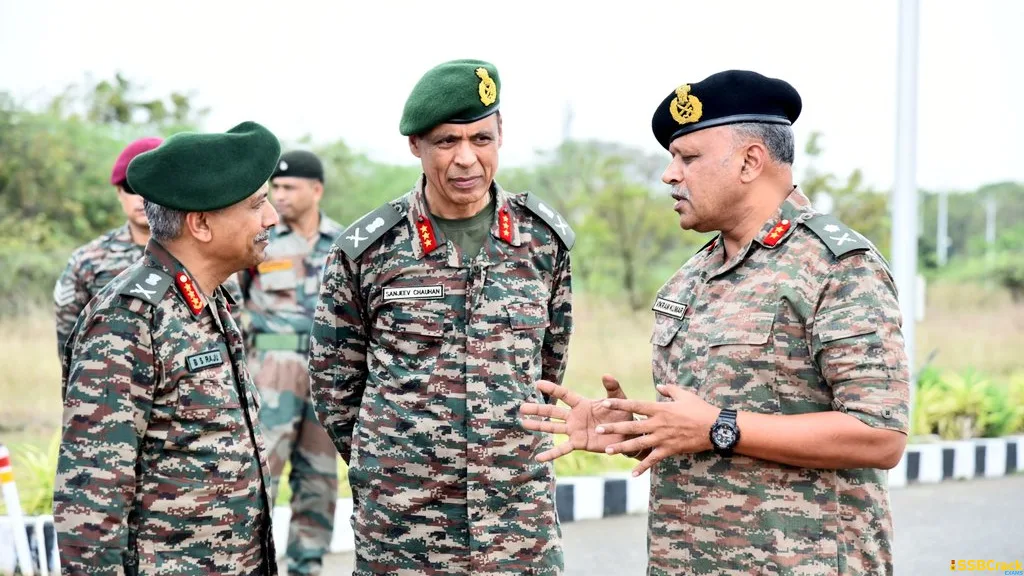The Indian Army has embarked on a comprehensive study aimed at refining the selection process for senior officers holding the ranks of colonels, brigadiers, major generals, and lieutenant generals.
Sources familiar with the matter revealed that the initiative focuses on scrutinizing the existing policy governing the selection of officers for these esteemed ranks and exploring potential enhancements to optimize the process.
The study, initiated approximately two years ago, remains a work in progress, underscoring the Army’s commitment to modernizing its recruitment and promotion strategies in line with evolving military roles and technological advancements.
With a workforce numbering 1.2 million, the Indian Army stands as the largest and most manpower-intensive service in the country.

At the heart of the endeavour lies the imperative to strike a balance between the growing demand for specialized skills and expertise and the traditional military roles fulfilled by officers at various hierarchical levels.
The selection process commences at the colonel level, with subsequent selection boards convened for higher ranks of major general and lieutenant general.
However, the competition for these coveted positions intensifies due to a fixed number of vacancies at each rank. Presently, there are approximately 7,200 vacancies across these ranks, encompassing around 90 positions of lieutenant generals, 300 of major generals, 1,200 of brigadiers, and 5,600 of colonels.
This fierce competition is juxtaposed against the overall strength of officers, spanning from the entry level of lieutenant to general, which stands at around 43,000.
The current selection system, instituted in December 2008 with revisions implemented in 2011, is under review after a five-year interval to ensure its relevance and efficacy. The assessment framework employs a quantified approach, with a total of 100 marks allocated for evaluation.

Notably, 95 marks are assigned based on confidential reports, courses undertaken, and gallantry awards received. The remaining five marks are subject to assessment by board members, who consider the officers’ overall profiles, including unquantified attributes.
Confidential reports hold paramount importance in the evaluation process, with their significance escalating from lower selection boards (lieutenant colonel to colonel), where they contribute to 89 marks, to higher echelons such as SB2 (colonel to brigadier), SB1 (brigadier to major general), and special SB (major general to lieutenant general), where they account for 93.5 marks.
This concerted effort underscores the Indian Army’s unwavering commitment to fostering a meritocratic and efficient selection process that ensures the appointment of capable and competent leaders equipped to navigate the complexities of modern warfare and uphold the nation’s defence interests with utmost proficiency and dedication.




